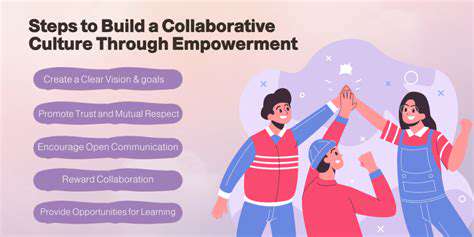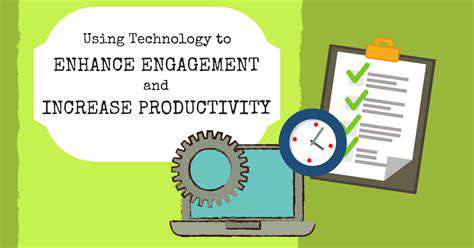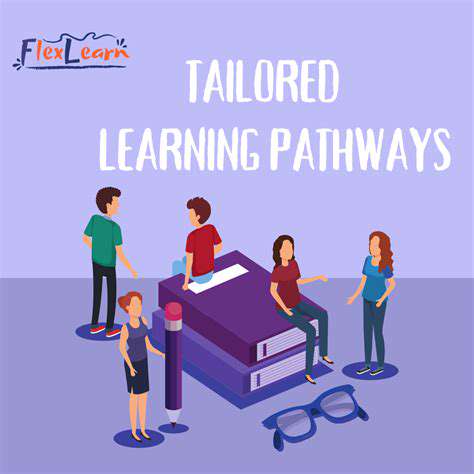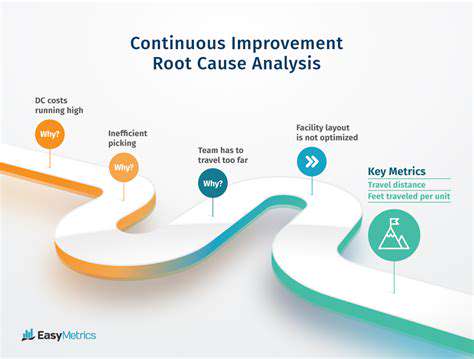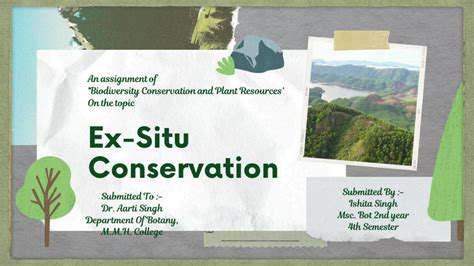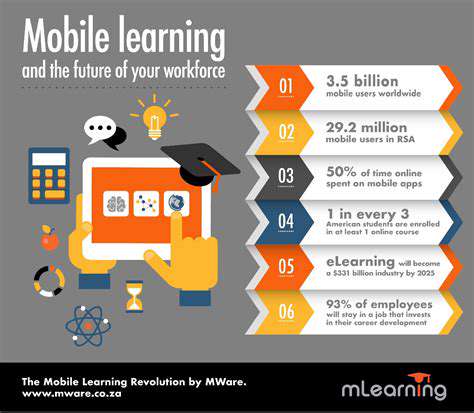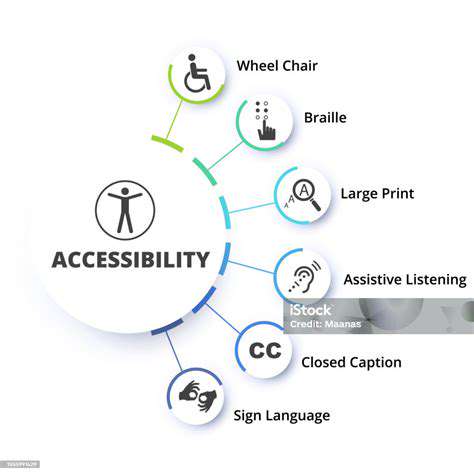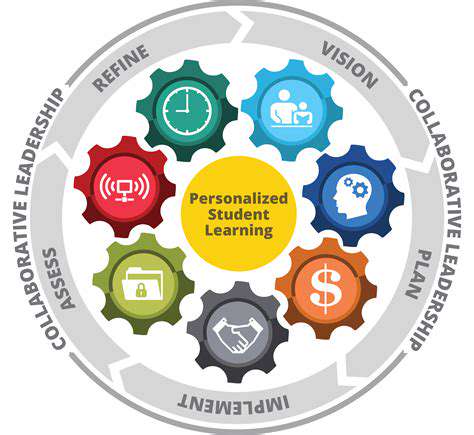The Role of Student Choice in Hybrid Learning Design
Adapting to Diverse Learning Styles
Classroom structures have remained largely unchanged for decades, but student needs have evolved dramatically. The cookie-cutter approach to education struggles to meet the varied ways students absorb information. Modern learners, raised in a digital world, anticipate customized experiences in all areas—including their education. They thrive when institutions adapt to their unique rhythms, preferences, and speeds of comprehension. This evolution demands moving beyond rigid syllabi toward fluid educational frameworks that honor different knowledge acquisition methods—whether through visuals, sounds, physical engagement, or hands-on practice. Teachers must diversify their toolkit, incorporating team projects, interactive exercises, and digital materials to create vibrant classrooms where students uncover their aptitudes and cultivate genuine curiosity.
Digital learning tools have shattered previous limitations, granting learners unprecedented control over their educational journey. With 24/7 access to materials, students can shape their study patterns around personal commitments while exploring subjects beyond standard curricula. This autonomy doesn't just boost participation—it nurtures the self-guided learning crucial for today's rapidly changing world. When learners follow their intellectual passions, they develop deeper subject mastery and retain knowledge longer.
Enhancing Student Choice and Agency
At the heart of modern education reform lies a fundamental truth: learners achieve more when steering their own academic voyage. Rather than passive vessels waiting to be filled with information, students flourish as co-designers of their educational experience. Schools that incorporate student input when crafting curricula—allowing elective selections, self-designed projects, and alternative assessment methods—see remarkable improvements in both engagement and outcomes. When learners feel ownership, they transform from compliant attendees to passionate participants.
This empowerment yields benefits beyond test scores. Students navigating customized learning paths hone essential life competencies—weighing options, analyzing viewpoints, and drawing evidence-based conclusions. The decision-making process itself becomes an invaluable lesson, preparing them for complex real-world challenges. While implementing choice requires careful scaffolding, the long-term advantages justify the investment.
Transitioning to student-centered education acknowledges an obvious yet often ignored reality: no two minds work identically. By celebrating these differences through flexible structures, we equip learners with both knowledge and the tools for lifelong discovery. Of course, freedom without guidance risks chaos—educators must provide frameworks that help students make informed selections while developing sound judgment.
Leveraging Technology for Personalized Learning Experiences
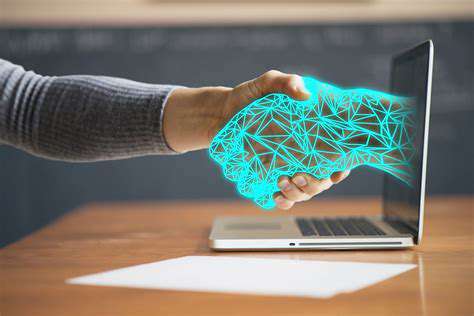
Harnessing Mobile Devices for Enhanced Productivity
Smartphones and tablets have redefined efficiency, becoming Swiss Army knives for modern living. These pocket-sized powerhouses revolutionized everything from real-time collaboration to automated workflows, making them essential for personal optimization. Whether coordinating meetings, tracking health metrics, or managing household budgets, mobile technology keeps priorities organized and accessible. Their omnipresence in daily life makes them ideal platforms for continuous improvement.
The true magic lies in seamless integration—how these devices bridge gaps between intention and action. Instant messaging collapses communication delays, while specialized apps deliver targeted support for everything from financial planning to cognitive training. This constant connectivity, when used intentionally, creates scaffolding for personal growth.
Optimizing Digital Tools for Streamlined Organization
Mastering personal organization in the digital age requires leveraging the right technological allies. Cloud platforms have rendered physical storage obsolete, enabling frictionless access to documents across all devices. This digital transformation extends beyond file management—it's reshaping how we structure time and responsibilities.
Modern productivity suites combine scheduling, task delegation, and progress tracking into unified dashboards. Visual project managers reveal workflow bottlenecks, while smart reminders ensure nothing slips through cracks. By systematically implementing these solutions, individuals reclaim mental bandwidth previously lost to disorganization. The data captured by these systems also enables reflective practice—analyzing patterns to continuously refine one's approach.
Embracing AI-Powered Solutions for Personalized Experiences
Artificial intelligence has graduated from science fiction to daily reality, offering bespoke support for individual needs. Smart assistants now handle logistical drudgery—coordinating calendars, filtering priorities, even anticipating needs before they're voiced. This automation liberates time for high-value activities aligned with personal aspirations.
More impressively, machine learning algorithms detect subtle patterns in user behavior to deliver hyper-relevant suggestions. Whether recommending skill-building resources, curating news feeds, or adjusting wellness plans, these systems provide tailored guidance that accelerates growth. Predictive capabilities take this further, identifying potential obstacles and suggesting preemptive solutions.
We stand at the inflection point where technology transitions from tool to collaborative partner. As AI interfaces become more intuitive, they'll increasingly function as personalized coaches—understanding individual contexts and adapting support accordingly. This symbiosis between human intention and machine intelligence creates unprecedented opportunities for self-actualization.
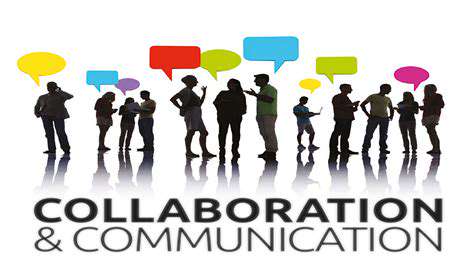
Read more about The Role of Student Choice in Hybrid Learning Design
Hot Recommendations
- Attribution Modeling in Google Analytics: Credit Where It's Due
- Understanding Statistical Significance in A/B Testing
- Future Proofing Your Brand in the Digital Landscape
- Measuring CTV Ad Performance: Key Metrics
- Negative Keywords: Preventing Wasted Ad Spend
- Building Local Citations: Essential for Local SEO
- Responsive Design for Mobile Devices: A Practical Guide
- Mobile First Web Design: Ensuring a Seamless User Experience
- Understanding Your Competitors' Digital Marketing Strategies
- Google Display Network: Reaching a Broader Audience

